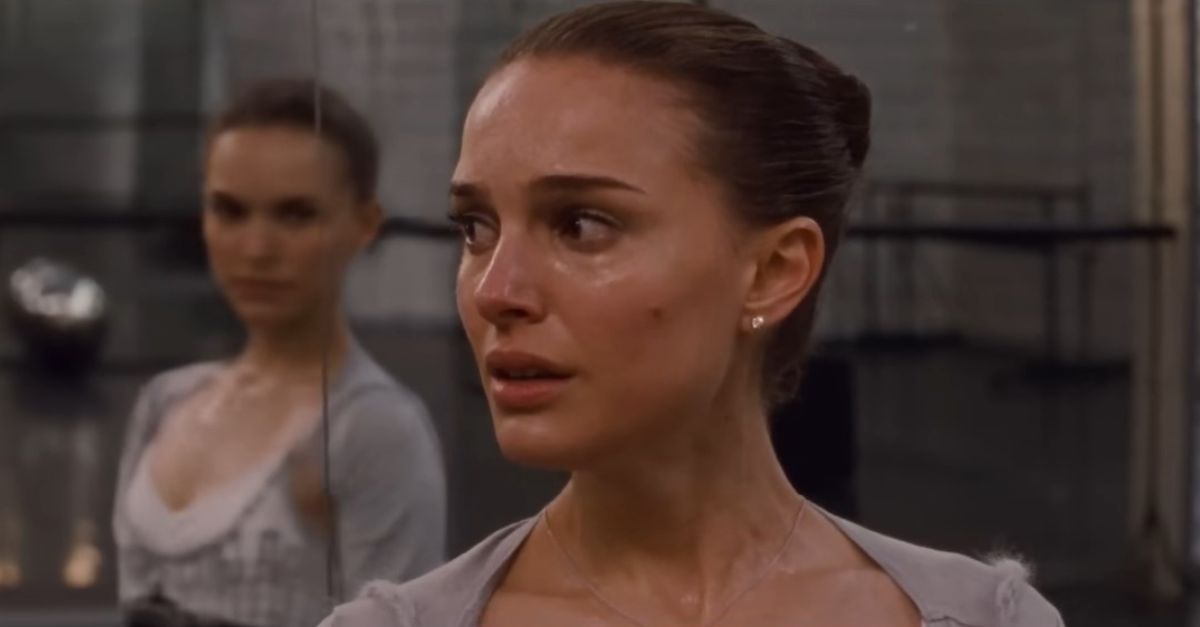Do You Think These Cover Songs Are Better Than The Originals?
When an artist records a song made famous by another artist, the hope is to put a new spin on the song, not to necessarily surpass the original, but to make it their own. Occasionally, an artist makes the audience forget it was a cover or they take a forgotten gem and give it a new life. Here are some songs that just might be better than the originals.

Nirvana, “The Man Who Sold The World” (David Bowie)
With its cryptic lyrics, science-fiction title and haunting melody, David Bowie’s “The Man Who Sold The World” was never a hit outside the UK but nevertheless became one of Bowie’s most iconic songs. It took on a new life when Nirvana performed a haunting acoustic version for their landmark appearance on MTV Unplugged in 1993. The song took on a new poignant meaning after Kurt Cobain’s passing in 1994 and was one of MTV’s most played videos of 1995.
Stars On 54, “If You Could Read My Mind” (Gordon Lightfoot)
Gordon Lightfoot’s song about the failure of his marriage, “If You Could Read My Mind” was written in a vacant house in Toronto one summer day and went on to become Lightfoot’s biggest international hit. Considered by many to be one of the best love songs of all time, it took on a new life with a house version by Stars On 54 for the film 54, about the late-70s disco nightclub in New York. An homage to disco, this version stands out as an audacious and daring take on the folk rock classic.
Pet Shop Boys, “Always On My Mind” (Gwen McCrae)
You may know this song for the classic version by Willie Nelson, but that was in fact a cover. The first recording was by Brenda Lee but Gwen McCrae’s version was the first to be released, in 1972. The country tune was transformed into a synthpop classic by the Pet Shop Boys, reaching #1 in the UK and #4 in the US and became one of the Pet Shop Boys’ most memorable hits.
 Jørgen Hans Maltesen, CC BY-SA 3.0, Wikimedia Commons
Jørgen Hans Maltesen, CC BY-SA 3.0, Wikimedia Commons
Devo, “(I Can't Get No) Satisfaction” (The Rolling Stones)
Devo’s approach to music was always deadpan and absurd, fusing new wave, post-punk, and experimental music. The Rolling Stones’ first big hit was transformed by Devo, going from 60s rhythm and blues to a stuttering blend of punk, electronic music, and reggae. Almost unrecognizable from the original, Devo’s version was met with approval from none other than Mick Jagger and was famously used in Martin Scorsese’s 1995 crime film Casino.
 Raph_PH, CC BY 2.0, Wikimedia Commons
Raph_PH, CC BY 2.0, Wikimedia Commons
Bananarama, “Venus” (Shocking Blue)
A big hit for the Dutch band Shocking Blue, “Venus” was an international success but outside of oldies stations, it seemed to disappear from public awareness. British vocal group Bananarama already had a string of hits in the UK, plus one top 10 appearance on the US charts when they released their version of the song in 1986. Bolstered by a popular video, the song went to #1 in several countries and broke Bananarama into the mainstream.
 PolyGram Records U.S., Wikimedia Commons
PolyGram Records U.S., Wikimedia Commons
Linda Ronstadt, “You’re No Good” (Dee Dee Warwick)
Linda Ronstadt’s first hit was “Different Drum” (1967) with the band the Stone Poneys, but as a solo artist, it took until 1974 for Ronstadt to break through with her #1 version of this song. The first version was by Dee Dee Warwick in 1963 (charting only at #117) and fared little better with other versions in the 1960s. It was Ronstadt’s soulful 1974 recording which hit big, her first of many.
 Rob Bogaerts / Anefo, CC0, Wikimedia Commons
Rob Bogaerts / Anefo, CC0, Wikimedia Commons
Harry Nilsson, “Without You” (Badfinger)
Harry Nilsson was celebrated for his voice and for his quirky songwriting, but it was a cover song that gave him his biggest hit. “Without You”, originally recorded by Welsh group Badfinger and written by band members Pete Ham and Tom Evans, was never released as a single. Nilsson’s version, on the other hand, was a #1 hit and became Nilsson’s signature song, while Mariah Carey recorded the song in 1994, taking it to #3 on the US charts.
 RCA Records, Wikimedia Commons
RCA Records, Wikimedia Commons
Michael Andrews & Gary Jules, “Mad World” (Tears For Fears)
Tears for Fear’s “Mad World” was a #3 hit in their native UK in 1982 and remains a fan favorite. The song reached a new audience in 2001 when a version by Michael Andrews and Gary Jules was included in the film Donnie Darko. Haunting and far slower than the original, the Andrews and Jules version features a soft piano and mellotron-generated cello and when it was released as a single, made it to #1 in the UK.
 Dominique, CC BY 3.0, Wikimedia Commons
Dominique, CC BY 3.0, Wikimedia Commons
Stevie Wonder, “We Can Work It Out” (The Beatles)
How do you out-do the Beatles with their own song? It helps to be Stevie Wonder, who turned the Beatles classic #1 hit into a danceable funk and soul gem. A favorite of Paul McCartney (who later collaborated with Wonder on the #1 hit “Ebony and Ivory” in 1982), Wonder’s version is one of the best covers of a Beatles song out there.
Cowboy Junkies, “Sweet Jane” (The Velvet Underground)
The Velvet Underground never had a hit and barely sold any records during their brief late 60s run, but they nevertheless remain one of the most influential groups in rock history. The Canadian alternative country and folk band Cowboy Junkies took one of the Velvet Underground’s most beloved songs, and turned it into a stark, much slower version. Songwriter Lou Reed stated it was his favorite version of the song.
 3.26, CC BY-SA 2.0, Wikimedia Commons
3.26, CC BY-SA 2.0, Wikimedia Commons
The Bangles, “Hazy Shade Of Winter” (Simon And Garfunkel)
Simon and Garfunkel’s folk pop gem from 1966 was a top 20 hit for the duo, not their biggest hit by far. In 1987, the Bangles amped it up and turned it into a powerful garage and power pop hit, going all the way to #2 on the Billboard charts.
 Tabercil, CC BY-SA 3.0, Wikimedia Commons
Tabercil, CC BY-SA 3.0, Wikimedia Commons
Hüsker Dü, “Eight Miles High” (The Byrds)
The Byrds’ groundbreaking psychedelic and raga rock classic only made it to #14 on the US charts, most likely because of the word “high” in the title. It’s been covered a number of times, famously by Golden Earring and Roxy Music, but principal songwriter Gene Clark’s favorite version was Hüsker Dü’s post-hardcore treatment in 1984.
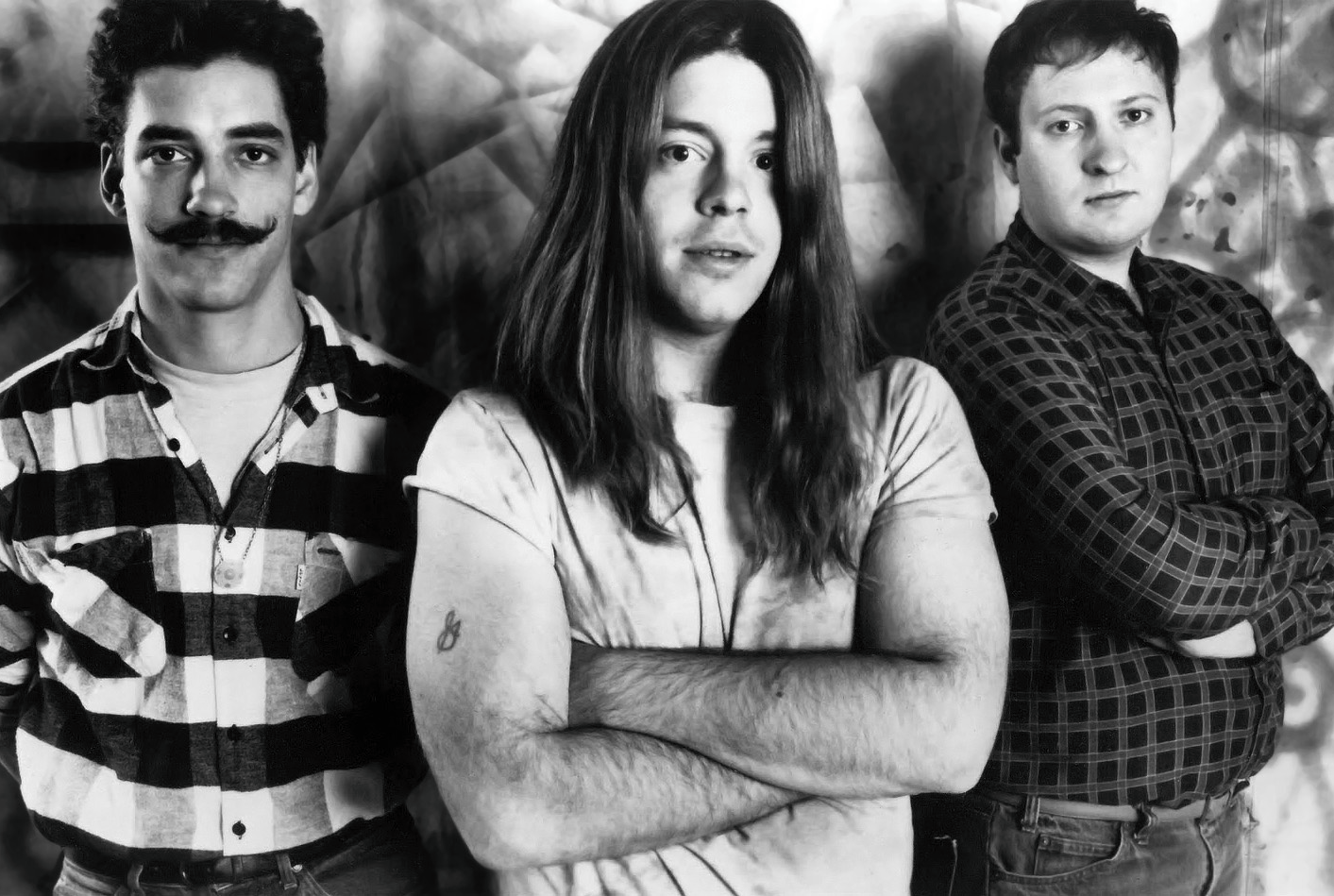 Daniel Corrigan, Wikimedia Commons
Daniel Corrigan, Wikimedia Commons
Sonic Youth, “Superstar” (Carpenters)
Where the Byrds’ Gene Clark appreciated Hüsker Dü’s take on his “Eight Miles High”, the same cannot be said for Richard Carpenter and Sonic Youth’s cover of the Carpenter’s “Superstar”. Carpenter admitted he didn’t understand it, but the Sonic Youth version was from a Carpenters tribute album, If I Were a Carpenter, in 1994. The Sonic Youth version is slow and dirge-like, with singer Thurston Moore subverting the gender dynamics of the song by retaining the words originally sung by Karen Carpenter, from the point of view of a teenage girl.
Dinosaur Jr, “Just Like Heaven” (The Cure)
Proto-goth legends The Cure were noted for their somber music, but they also had a sharp pop side and “Just Like Heaven” was just such a song. The catchy song was covered by indie rock and noise rock stars Dinosaur Jr, who maintain the pace and the melody but turn up the noisy, post-hardcore guitar. The Cure’s Robert Smith is a fan of this cover.
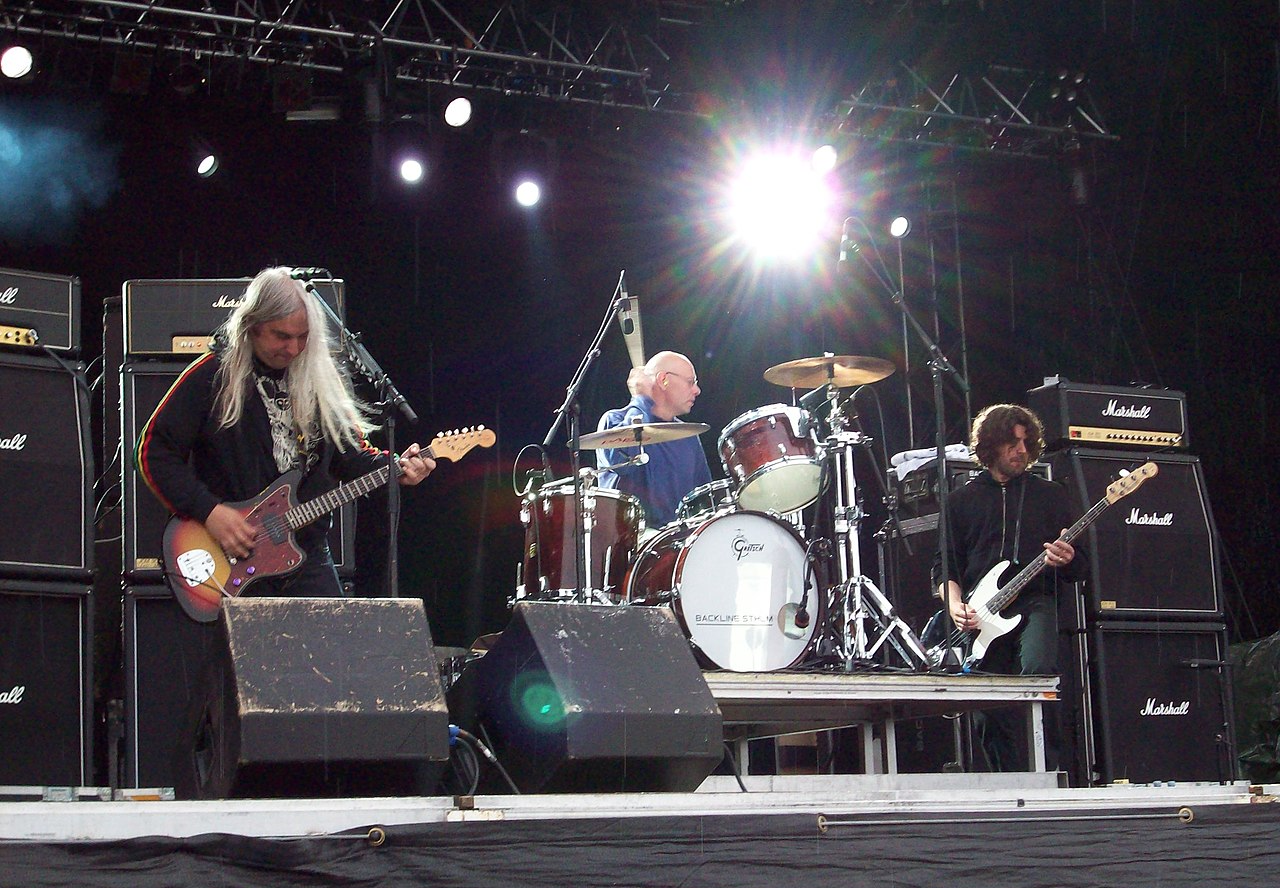 Johannes Scherman, CC BY 3.0, Wikimedia Commons
Johannes Scherman, CC BY 3.0, Wikimedia Commons
REM, “Superman” (The Clique)
REM were college rock darlings for their first three albums, receiving critical acclaim for their jangly folk rock sound. For their fourth album, Lifes Rich Pageant (1986), they moved closer to the mainstream and a big part of that was a cover of an obscure 1960s bubblegum pop song by the Clique. REM’s version of “Superman” is a power-pop raver, and although not a charting hit, it nevertheless brought further attention to REM who broke through in 1987 with their fifth album, Document.
 Yves Lorson, CC BY 2.0, Wikimedia Commons
Yves Lorson, CC BY 2.0, Wikimedia Commons
Natalie Imbruglia, “Torn” (Ednaswap)
Natalie Imbruglia’s “Torn” was her signature tune and a massive hit in 1996, reaching the top of the charts internationally. People are often surprised that it was in fact a cover, first recorded in Danish by Lis Sørensen, and then in English in 1995 by Ednaswap, the song’s writers’ band. It was further covered in 1996 by Trine Rein, but it wasn’t until Imbruglia’s version came out that the pop song became an international hit.
 Manfred Werner (Tsui), CC BY-SA 3.0, Wikimedia Commons
Manfred Werner (Tsui), CC BY-SA 3.0, Wikimedia Commons
Ray Charles, “I Can’t Stop Lovin’ You” (Don Gibson)
Ray Charles was a groundbreaking soul artist who, in 1962, recorded an album of country songs: Modern Sounds in Country and Western Music, performed in his organ and piano-driven style. A single released from the album, “I Can’t Stop Lovin’ You”, was originally recorded by Don Gibson and Charles’ version was a #1 hit for five weeks.
 Maurice Seymour, Wikimedia Commons
Maurice Seymour, Wikimedia Commons
Judy Collins, “Both Sides Now” (Joni Mitchell)
Joni Mitchell’s “Both Sides Now” was first recorded by Judy Collins and that is the version most people are familiar with. Mitchell herself recorded the song in 1969 (under its original title “Both Sides, Now”), but it was Judy Collins’ 1968 recording which was the hit and is still Collins’ signature song.
 CBS Television, Wikimedia Commons
CBS Television, Wikimedia Commons
George Benson, “On Broadway” (The Drifters)
“On Broadway”, written by two classic songwriting teams—Barry Mann and Cynthia Weil, and Jerry Leiber and Mike Stoller—was originally recorded by both The Cookies and The Crystals in 1963. It was The Drifters’ version which became a hit in 1963, recorded a day after The Cookies recording took place. In his 1977 live album Weekend In LA, jazz guitarist George Benson recorded a 10-minute version that became a hit, albeit in a shorter version edited for radio play.
 Robbie Drexhage, CC BY-SA 4.0, Wikimedia Commons
Robbie Drexhage, CC BY-SA 4.0, Wikimedia Commons
The Fugees, “Killing Me Softly” (Roberta Flack)
Roberta Flack’s “Killing Me Softly with His Song” from 1973 was a huge hit and remains a classic of 1970s soul music. In 1996, the song was covered by The Fugees (with the shortened title “Killing Me Softly”) and this version keeps the pace of the original but adds a touch of reggae and vocal riffing from Wyclef Jean and Pras Michel, while Lauryn Hill’s lead vocal delivery easily matches Flack’s vocals.
Soft Cell, “Tainted Love” (Gloria Jones)
“Tainted Love” by Gloria Jones was not a hit when it was released in 1964, and it remained obscure in her home country. It was in the early 1970s, during what was called the Northern Soul movement in the UK (where nightclub DJs sought out obscure soul records from the US), that “Tainted Love” gained popularity on the dancefloor. British synthpop group Soft Cell chose to cover the song in 1981, transforming it into an electropop dance hit.
 Eugene Adebari, Wikimedia Commons
Eugene Adebari, Wikimedia Commons
Talking Heads, “Take Me To The River” (Al Green)
Soul legend Al Green’s “Take Me To The River”, from 1974, is rightfully considered a major 1970s soul classic. The post-punk quartet Talking Heads were able to transform the song into their style of quirky pop mixed with polyrhythmic world music, without taking anything away from the original. This is an example of an original song and a cover standing side-by-side, neither overshadowing the other.
 Sire Records, Wikimedia Commons
Sire Records, Wikimedia Commons
Janis Joplin, “Me And Bobby McGee” (Kris Kristofferson)
Polymath Kris Kristofferson was a singer, songwriter, actor, Rhodes Scholar, and a key figure in the 1970s outlaw country genre. A few days before her tragic passing at the age 27, rock and soul singer Janis Joplin recorded Kris Kristofferson’s “Me and Bobby McGee”, giving him his first real taste of success, at least as a songwriter, while being an important hit for Joplin—sadly, posthumously. Lines like “I’d trade all my tomorrows for one single yesterday” resonated with fans after her tragic end.
 Albert B. Grossman Management, Wikimedia Commons
Albert B. Grossman Management, Wikimedia Commons
The Rolling Stones, “Not Fade Away” (Buddy Holly)
The Rolling Stones had a few hits in their native UK, including their first hit, “I Wanna Be Your Man”, written by John Lennon and Paul McCartney and given to the Stones. It was a cover of a Buddy Holly song and would break them into the US market. Released in 1964 during the height of the British Invasion, “Not Fade Away” was more rhythm & blues than the original’s rockabilly sound, utilizing a Bo Diddly beat, and it cracked the top 50 on the Billboard charts.
 Jim Pietryga, CC BY-SA 3.0, Wikimedia Commons
Jim Pietryga, CC BY-SA 3.0, Wikimedia Commons
The Ramones, “Do You Wanna Dance” (Bobby Freeman)
Punk legends the Ramones were famously fans of early 1960s surf music. Bobby Freeman’s “Do You Want to Dance” was a number five hit in 1958 and was notably covered by the Beach Boys as “Do You Wanna Dance” in 1965, peaking at number 12—it was this version that the Ramones based their 1977 punk version on, speeding it up and clocking in at 1:52. Although the Ramones never managed a top 40 hit in the US, their version of “Do You Wanna Dance” did make it to number 86.
 Plismo, CC BY-SA 3.0, Wikimedia Commons
Plismo, CC BY-SA 3.0, Wikimedia Commons
Nico, “These Days” (Jackson Browne)
Nico first came to the world’s attention as a model and for appearing in Federico Fellini's 1960 film La Dolce Vita, but she wanted to be a singer. It was her stint singing three songs on the Velvet Underground’s 1967 debut album The Velvet Underground and Nico and being part of Andy Warhol’s Factory scene which brought her fame, and she recorded her own album, Chelsea Girl, in 1967. Featuring songs written by others, it included Jackson Brown’s “These Days”, exemplified by her unusually deep contralto vocals, giving the folk song a mournful, European feel.
 MGM Records, Wikimedia Commons
MGM Records, Wikimedia Commons
Whitney Houston, “I Will Always Love You” (Dolly Parton)
Not a songwriter, Whitney Houston generally had songs written for her but her signature song, “I Will Always Love You”, was in fact a cover. Written by Dolly Parton as a country song in 1973, Houston’s 1992 soul pop version was a showcase for her technical abilities as a singer, eclipsing the original. It’s associated so much with Witney Houston that people are often surprised to find out it was actually a Dolly Parton song.
 PH2 Mark Kettenhofen, Wikimedia Commons
PH2 Mark Kettenhofen, Wikimedia Commons
Ike And Tina Turner, “Proud Mary” (Creedence Clearwater Revival)
The hope for any artist covering someone else’s song is to make it their own. On rare occasions, the cover surpasses the original and Ike and Tina Turner’s version of Creedence Clearwater Revival’s “Proud Mary” does exactly that. Not that songwriter John Fogerty objects to this, as he is known to be honored by their reworking of his song into a powerful soulful showcase for Tina Turner’s voice.
 United Artists Records, Wikimedia Commons
United Artists Records, Wikimedia Commons
Aretha Franklin, “Respect” (Otis Redding)
One of those songs that is generally not known to be a cover, Aretha Franklin covered this Otis Redding song and much like with Ike and Tina’s “Proud Mary”, pretty much made people forget the original. A big part of that is the new arrangement, with Franklin’s version adding the now-classic spelling out of the song’s title (“R-E-S-P-E-C-T”) and turning that into a rhyming couplet with the line “find out what it means to me”. And if that wasn’t enough of a hook, the rhythmic chant “sock it to me” was also added, and Aretha Franklin firmly made “Respect” her own.
 Atlantic Records, Wikimedia Commons
Atlantic Records, Wikimedia Commons
The Beatles, “Twist And Shout” (The Isley Brothers)
The Beatles had a vast repertoire of songs from their stage performances and although they focused on their original compositions, in the early days, they needed to rely on covers to fill out their albums. Between 1963 and 1964, they released five albums in addition to stand-alone singles, their international touring schedule, television appearances, and filming a movie. The Beatles first album, Please Please Me, was famously recorded in 10 hours and John Lennon’s voice was shot by the time he recorded “Twist and Shout”—it’s his raspy vocal delivery and The Beatles’ airtight performance that made this cover legendary.
 Iberia Airlines, CC BY 2.0, Wikimedia Commons
Iberia Airlines, CC BY 2.0, Wikimedia Commons
The Byrds, “Mr Tambourine Man” (Bob Dylan)
The British Invasion meant that the US media and rock music fans were focused on the new music coming from the UK, ignoring what was happening in the US. A group of American folk artists took inspiration from the music of The Beatles and recorded a Bob Dylan acoustic folk song with electric instruments. Featuring the 12-string jangly guitar of Jim McGuinn and the three-part harmonies of McGuinn, Gene Clark, and David Crosby, “Mr Tambourine Man” was the American answer to The Beatles, hitting #1 and introducing the world to a new genre, folk rock.
 KRLA Beat/Beat Publications, Inc., Wikimedia Commons
KRLA Beat/Beat Publications, Inc., Wikimedia Commons
Elvis Costello, “(What’s So Funny ‘Bout) Peace, Love, And Understanding” (Nick Lowe)
Elvis Costello transformed Nick Lowe’s upbeat folk song into an angst-filled, cynical post-punk rocker. Costello’s version, often thought to be written by Costello, remains a key song of the late 1970s punk and post-punk world.
 marco annunziata, CC BY 2.0, Wikimedia Commons
marco annunziata, CC BY 2.0, Wikimedia Commons
Joe Cocker, “With A Little Help From My Friends” (The Beatles)
Each Beatle album contained one song for drummer Ringo Starr to sing. Usually, the songs were simple, to fit Starr’s limited vocal range, and “With A Little Help From My Friends” famously follows the introduction on 1967’s Sgt Pepper’s Lonely Hearts Club Band. It wasn’t released as a single and it was Joe Cocker’s performance of the song at Woodstock in 1969 which transformed it from a whimsical pop song to an intense and soulful tour-de-force.
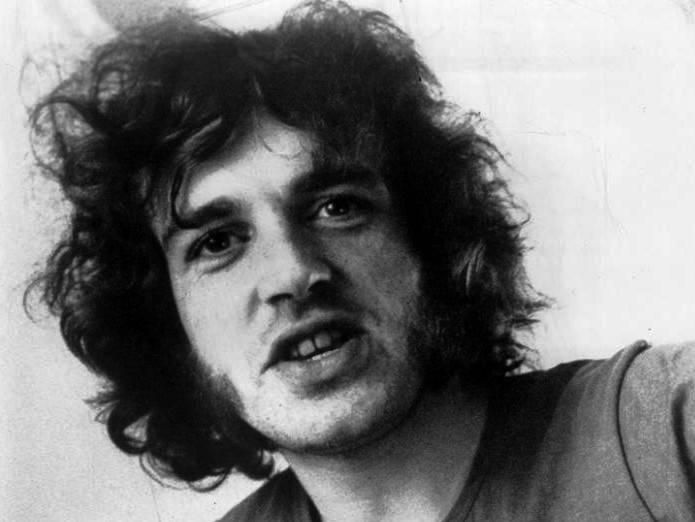 A & M Records, Wikimedia Commons
A & M Records, Wikimedia Commons
Joan Jett And The Blackhearts, “I Love Rock N Roll” (The Arrows)
This is probably Joan Jett’s most famous song, and it is sometimes not known that it was in fact a cover. The original, by an obscure band called the Arrows, was not a hit but Jett’s hard-hitting post-punk rocker spent seven weeks at the top of the charts in 1981.
The Clash, “I Fought The Law” (The Bobby Fuller Four)
The Clash were best known for their original and highly political punk songs. The Clash had an affinity for early American rock and roll and covered a number of songs from the late 1950s and early 1960s. The Bobby Fuller Four’s “I Fought the Law” was a short song about defiance of authority and losing in the end, and The Clash transformed that into a punk anthem in 1979.
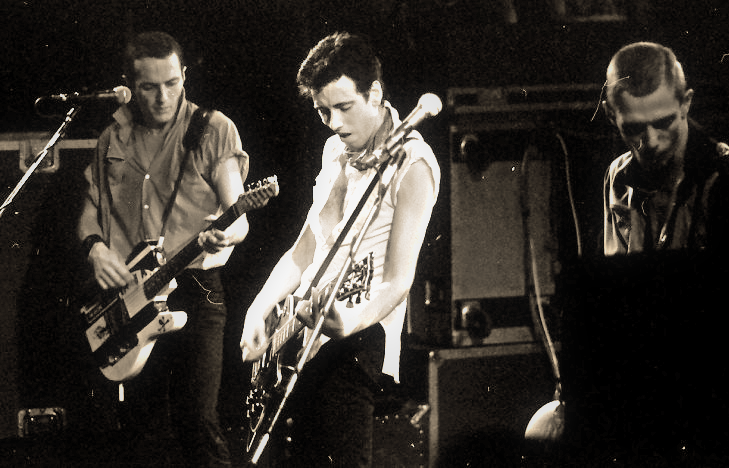 Helge Øverås, CC BY-SA 4.0, Wikimedia Commons
Helge Øverås, CC BY-SA 4.0, Wikimedia Commons
Sinead O’Connor, “Nothing Compares 2 U” (Prince)
Irish singer Sinead O’Connor had some success in her home country and in the UK, but it was her heartbreaking rendition of Prince’s “Nothing Compares 2 U” in 1990 that catapulted her to stardom. A spare arrangement with delicate strings, it’s O’Connor vocal delivery which provides the greatest impact. An international hit, the song was raw and emotional.
 Man Alive!, CC BY 2.0, Wikimedia Commons
Man Alive!, CC BY 2.0, Wikimedia Commons
Jimi Hendrix, “All Along The Watchtower” (Bob Dylan)
Guitar god Jimi Hendrix had a short but dynamic life and his definitive version of Bob Dylan’s “All Along The Watchtower” was transformational, surpassing the original. Using the original lyrics, Hendrix’s version strays far from the original music. Whenever Dylan performs the song now, he says that he feels it’s really Hendrix’s song and that Dylan is performing a tribute to Hendrix.
 Unknown Author, Wikimedia Commons
Unknown Author, Wikimedia Commons
Johnny Cash, “Hurt” (Nine Inch Nails)
Johnny Cash, already a country legend, had a career revival in the 1990s and early 2000s with a series of albums of cover songs. But these weren’t covers of favorite old country tunes—Cash looked into the contemporary scene and recorded spare, acoustic versions of alternative and grunge songs from the 1980s and 90s. His version of Nine Inch Nails’ “Hurt” has become a classic, with Cash’s rough and raw voice transforming the dark lyrics: “I hurt myself today/to see if I still feel”.
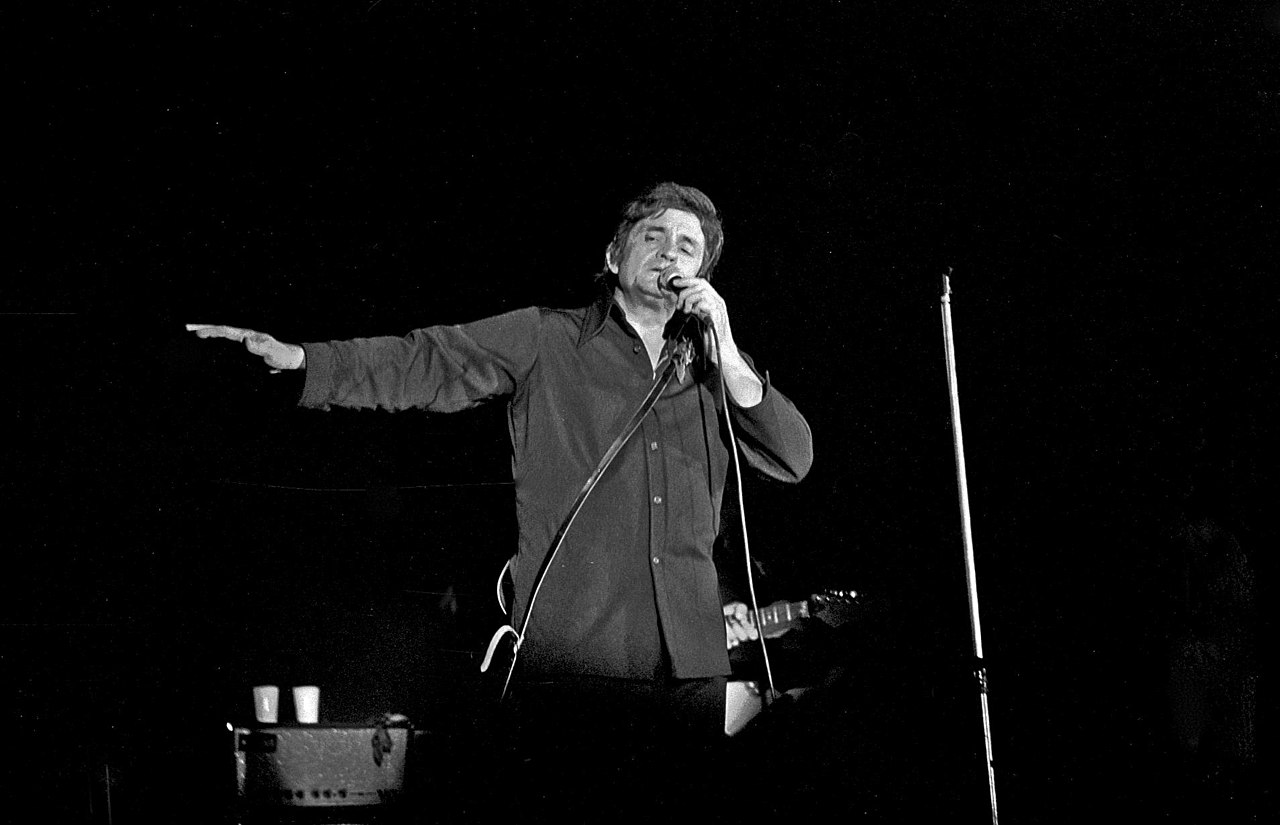 Heinrich Klaffs, CC BY-SA 2.0, Wikimedia Commons
Heinrich Klaffs, CC BY-SA 2.0, Wikimedia Commons
The Kingsmen, “Louie Louie” (Richard Berry And The Pharaohs)
The Kingmen’s garage rock classic “Louie Louie” was investigated by the FBI in 1963 for suspected profanity as the words were famously impossible to decipher. The truth was, the lyrics to “Louie Louie” are fairly innocuous, about a sailor out at sea, thinking about his girl—the Kingsmen’s lead singer Jack Ely had trouble enunciating the words because he just had his braces tightened. A classic of garage rock and considered an important proto-punk song, “Louie Louie” was actually a cover of a rhythm and blues song from 1957 by Richard Berry and the Pharaohs.











